As a solar installer, distributor, retailer, or someone just about to step into this booming industry, have you ever wondered why China, rather than the United States, has taken the lead in the solar power sector?
The reasons are multi-faceted, but they primarily hinge on China’s robust government policies, significant manufacturing capabilities, and strategic global investments.
As a professional in China’s solar industry for over a decade, I will now dissect the key factors that have propelled China to global solar leadership, offering essential insights for industry stakeholders.
1. Government Policy and Support
China’s government has played a pivotal role in the advancement of the solar industry through a series of aggressive and supportive policies. These strategies are deeply embedded within the national agenda, as reflected in the country’s successive Five-Year Plans which prioritize renewable energy development. This governmental support is multifaceted, involving substantial subsidies to lower the cost of solar installations, which makes solar projects more financially attractive to both producers and consumers.
Moreover, the Chinese government has established favorable feed-in tariffs as incentives for solar energy adoption. These tariffs guarantee that solar electricity producers can sell their power at fixed prices above the market rate for certain periods, significantly improving the investment appeal. Additionally, these plans include rigorous renewable energy targets aimed at increasing the total capacity and actual output of renewable energy sources within the nation’s energy mix.
This strong governmental backing does more than just boost domestic production capabilities. It fosters a conducive environment for continuous innovation, attracting significant capital investments both from within and outside China. The government also supports research and development in cutting-edge solar technologies, which has led to advancements in photovoltaic technology efficiency and reductions in production costs.
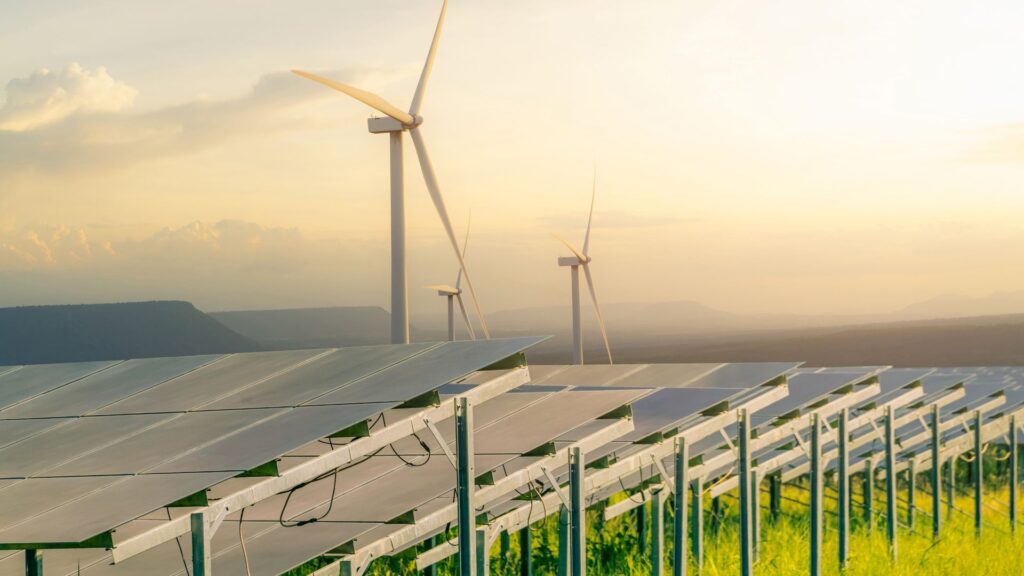
2. Massive Manufacturing Capacity
China’s reputation as a global manufacturing powerhouse is well-established, and this prowess extends prominently into the solar panel industry. The country’s extensive manufacturing infrastructure is not just large-scale but also highly sophisticated, enabling the mass production of solar panels at costs significantly lower than those of its global competitors. This competitive advantage is supported by streamlined supply chains, advanced automation technology, and economies of scale that reduce per-unit costs dramatically.
The vast scale of China’s solar panel production capabilities has played a critical role in influencing global market dynamics. By flooding the market with high-quality, low-cost panels, China has effectively driven down global prices for solar panels. This reduction in cost has made solar installations more affordable and thus more accessible across the world, accelerating the adoption of solar energy in both developed and developing countries.
Furthermore, China’s solar industry benefits from strong domestic demand driven by national energy policies and subsidies, which in turn supports massive production output. This demand-supply loop continues to drive technological innovation and operational efficiency in the sector. Additionally, Chinese manufacturers are investing heavily in upgrading their production processes and capacity, which promises to further reduce costs and improve the efficiency of solar panels.
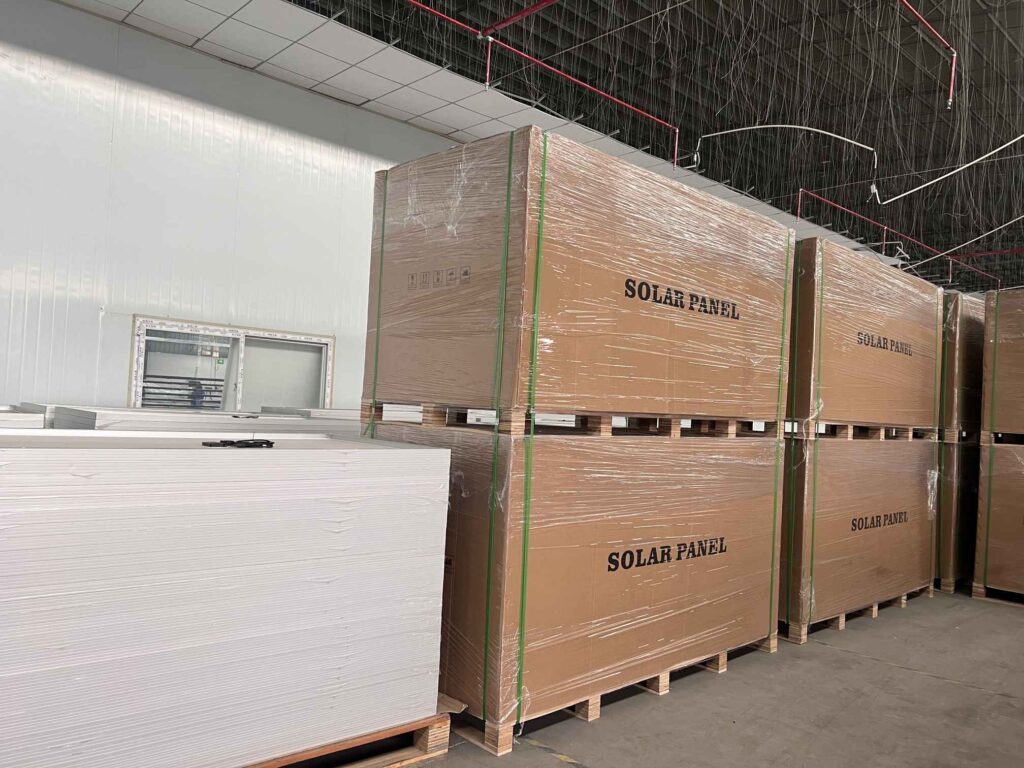
3. Strategic Global Investments
China’s Belt and Road Initiative (BRI) serves as a cornerstone of its global strategic investments, illustrating a grand vision to enhance infrastructural and economic connectivity across continents. The BRI encompasses a wide range of investments in solar farms and other renewable energy facilities across Asia, Africa, and Europe. These projects not only help meet the growing energy demands in these regions but also secure a market for Chinese-manufactured solar panels and technology.
By integrating solar energy projects into the BRI, China extends its influence far beyond its borders, fostering long-term partnerships with a multitude of countries. This strategy not only diversifies China’s energy exports but also positions it as a leader in the global shift towards renewable energy. The initiative also offers China a platform to showcase its advancements in solar technology, reinforcing its role as a major player in the global renewable energy sector.
Moreover, these strategic investments are aligned with China’s diplomatic goals, facilitating deeper economic ties and enhancing China’s geopolitical influence. The construction of solar power plants and the export of solar technology under the BRI framework enable recipient countries to jumpstart their own renewable energy sectors, thus creating a dependency on Chinese technology and expertise. This not only opens up new markets for Chinese products but also secures long-term economic interests through energy diplomacy.
Related Post
–>
4. Advancements in Technology
China’s commitment to solar technology is underscored by its substantial investments in research and development, spearheaded by giants in the industry such as JinkoSolar and Trina Solar. These companies are not only large in scale but are also leaders in technological innovation within the solar sector.
First, there is a strong focus on increasing the energy conversion efficiency of photovoltaic cells. Innovations such as PERC (Passivated Emitter Rear Cell) technology and bifacial modules allow panels to absorb light from both sides, significantly boosting their output and efficiency. These advancements contribute to reducing the cost per watt of solar-generated electricity, making solar installations more economically viable globally.
Moreover, Chinese companies are leading the way in reducing the degradation rate of solar panels, ensuring they produce maximum power for a longer period. Enhanced durability and longevity of solar panels mean better returns on investment for end users, which is a crucial selling point in the competitive renewable energy market.
Additionally, these companies are also exploring ways to integrate artificial intelligence and the Internet of Things (IoT) into solar energy systems. Such integration aims to optimize energy production and enable smarter energy management systems, thereby improving the operational efficiency of solar installations.
These technological strides not only strengthen China’s position in the global market but also contribute to the global transition towards renewable energy.
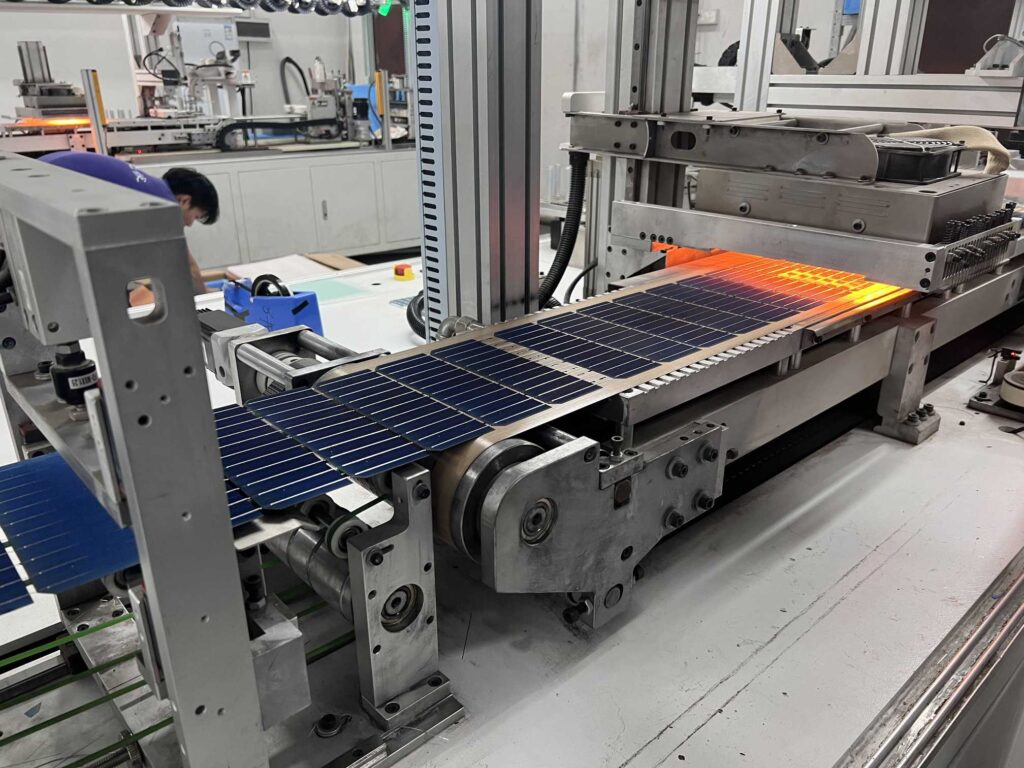
Comparing the US’s Approach
The United States has certainly progressed in renewable energy but its approach to solar power contrasts sharply with China’s concerted strategy. The U.S. energy market is highly diverse, dominated by substantial investments in oil, natural gas, and coal. This diverse energy portfolio introduces robust competition for emerging sectors like solar energy, potentially slowing its adoption.
Unlike China’s uniform national policies, the U.S. solar policy landscape is fragmented, varying significantly by state. While some states offer robust incentives for solar energy, which have successfully driven adoption, others lag behind due to less favorable policies or strong traditional energy lobbies. This inconsistency creates a complex, regionally disparate market environment, posing challenges for nationwide deployment and investment.
Political fluctuations further influence the U.S. solar landscape. Renewable energy policies often shift with changing administrations, affecting long-term investment viability. For instance, adjustments to federal incentives like the Investment Tax Credit (ITC) can disrupt the financial planning of solar projects. This policy unpredictability contrasts with China’s stable, supportive government approach, which fosters a more predictable investment climate.
Moreover, U.S. solar manufacturing struggles to compete with lower-cost imports, primarily from China, where government subsidies and large-scale production reduce costs. Attempts to protect domestic manufacturers through tariffs have mixed results, occasionally hindering the broader adoption of solar technology due to increased costs.
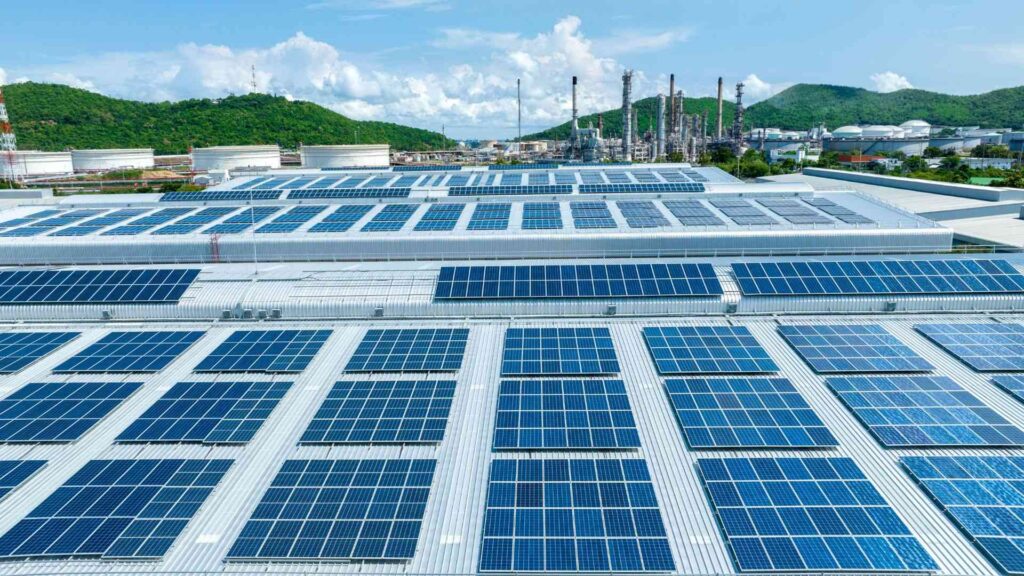
Conclusion
China’s lead in the global solar power sector is not incidental but the result of deliberate policy, substantial investment in technology, aggressive global market expansion, and a strong manufacturing base.
While the US continues to be a major player in the global energy market, its less centralized approach and the strong presence of other energy sectors temper its ability to dominate the solar industry similarly to China.

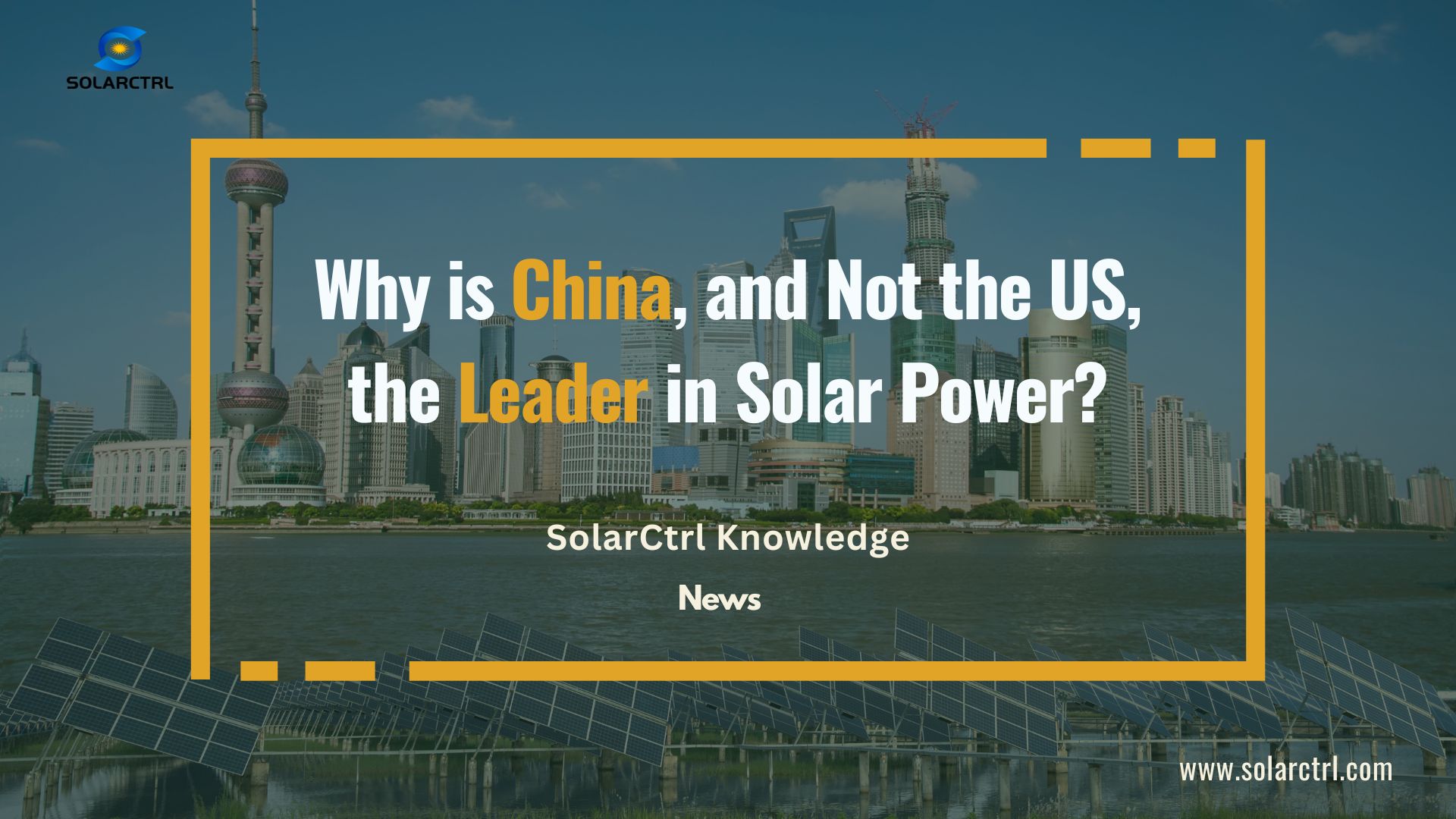






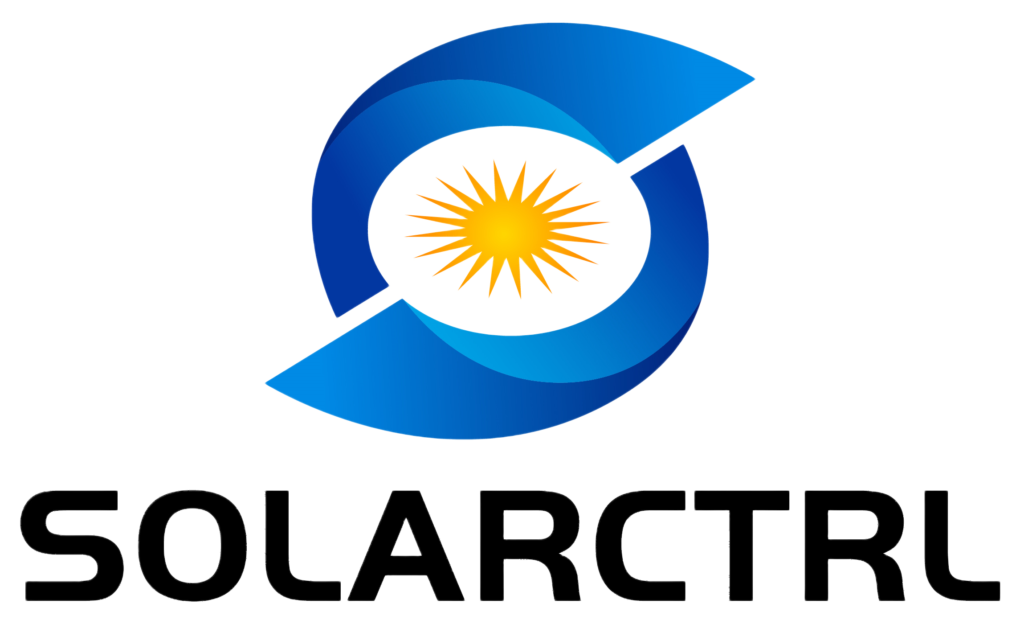

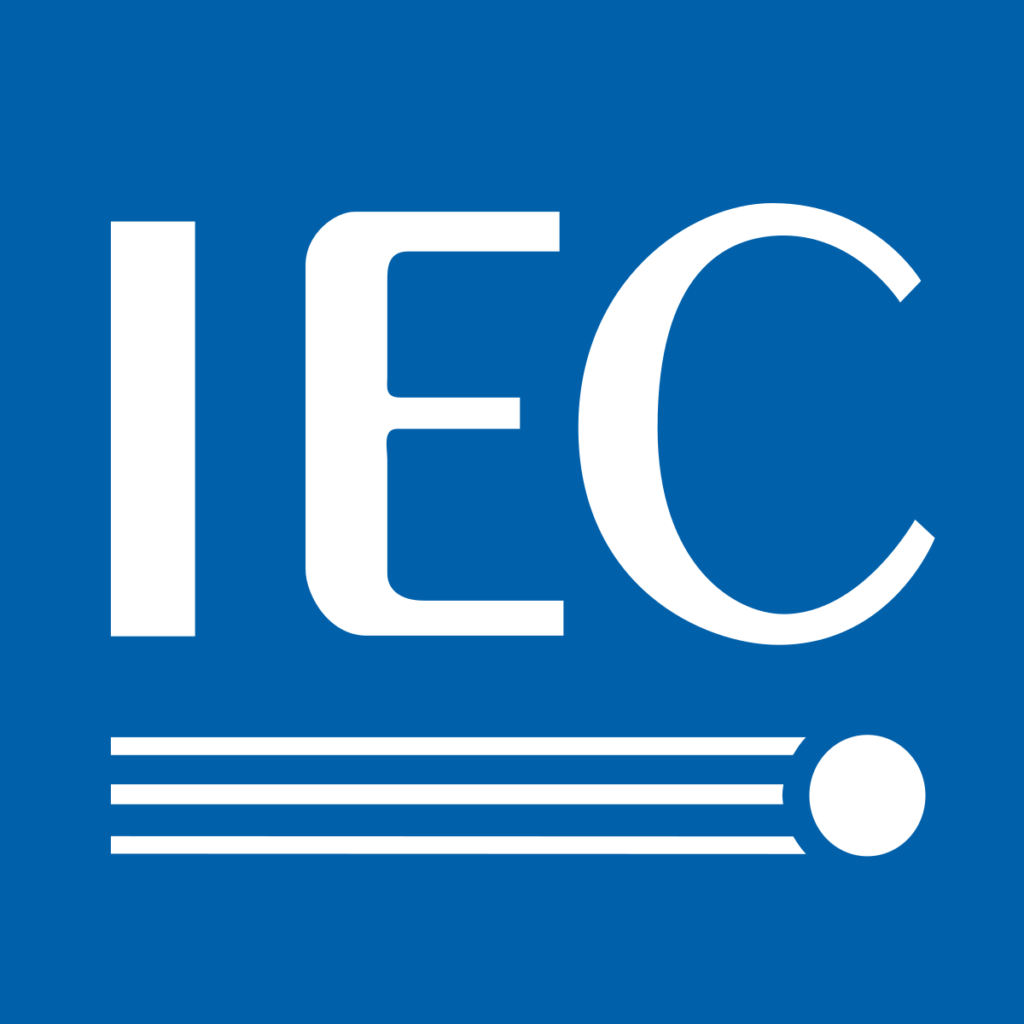
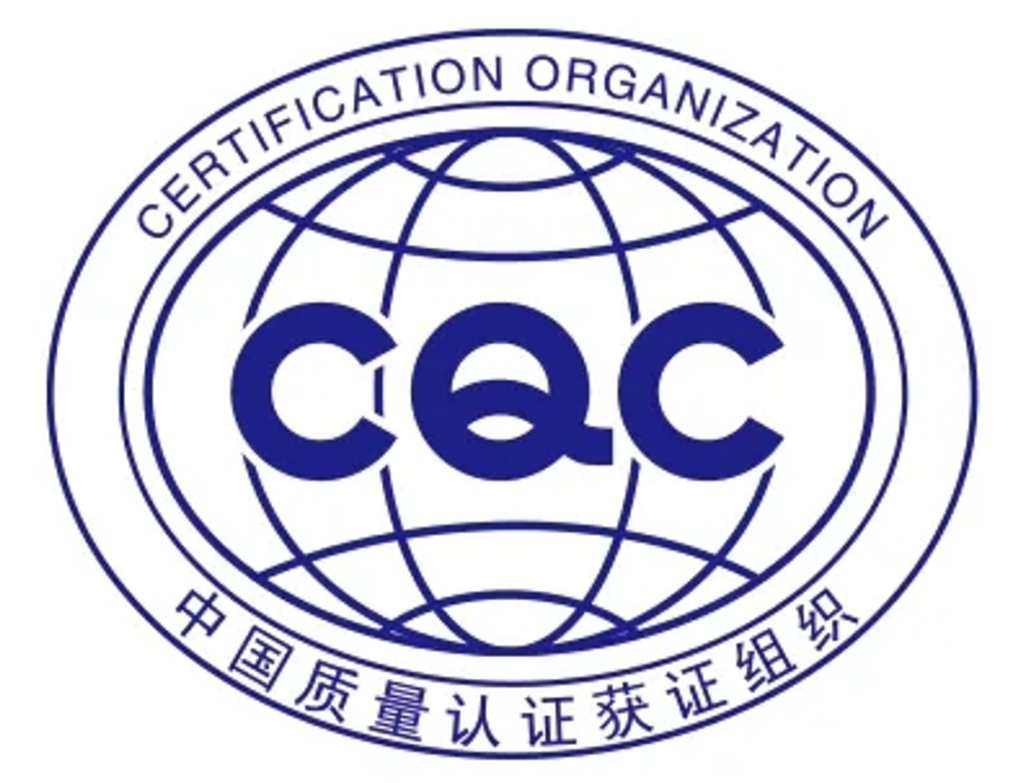
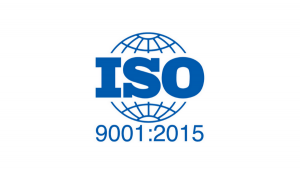
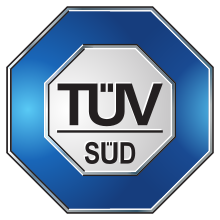
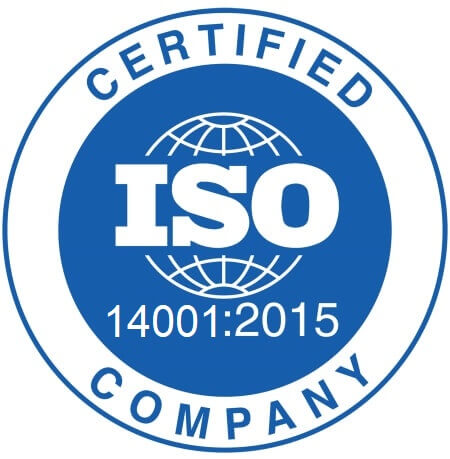
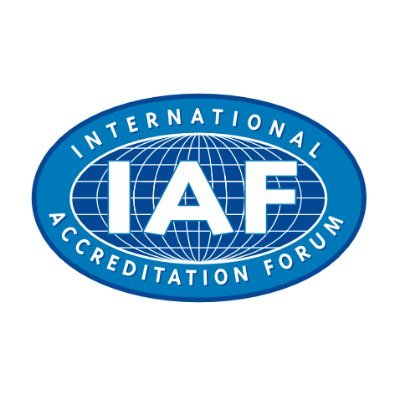

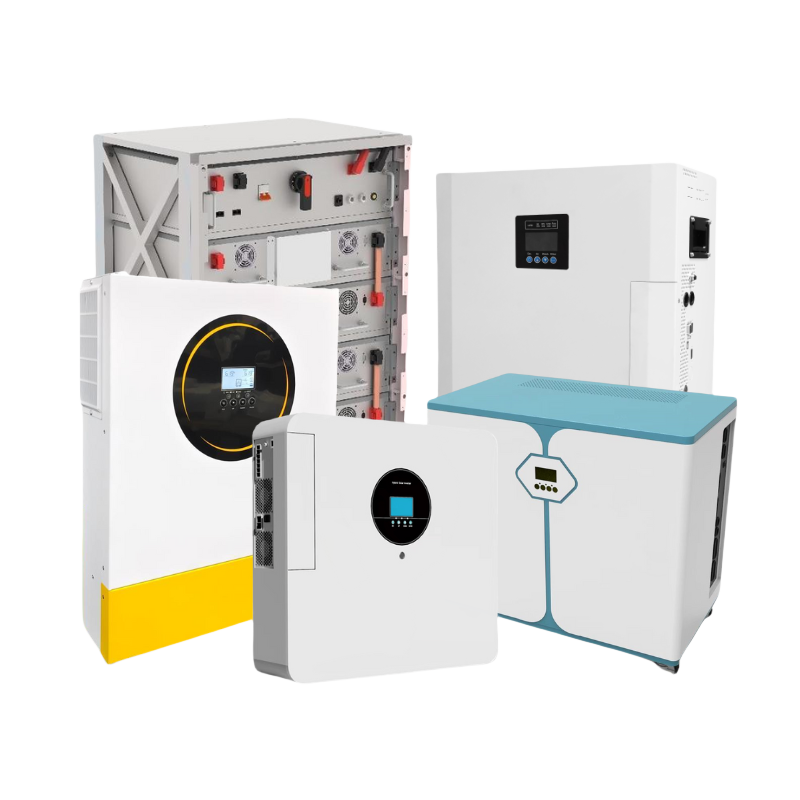
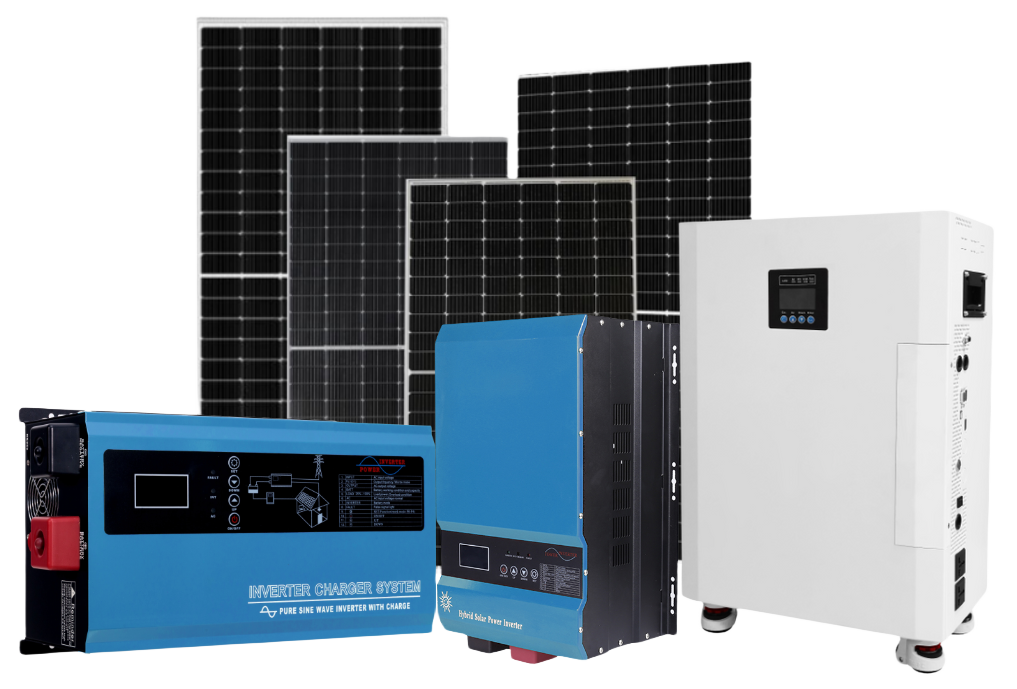

2 Responses
This article really highlights the stark differences in approach between China and the US when it comes to renewable energy. It’s fascinating to see how government policies and strategic investments have propelled China to the forefront of solar power. The insights on manufacturing practices and technological advancements were particularly eye-opening. I’m curious to see how the US might reclaim some of that leadership in the future!
This post provides a fascinating insight into the differences between China and the US in the solar power sector. It’s impressive to see how China’s government policies and investments have propelled them to the forefront of solar technology. I’m curious to know what measures the US could take to catch up. Thank you for the informative read!